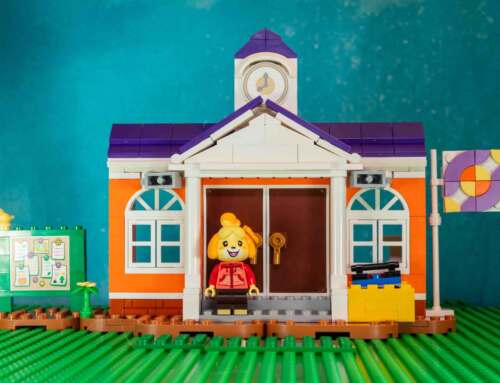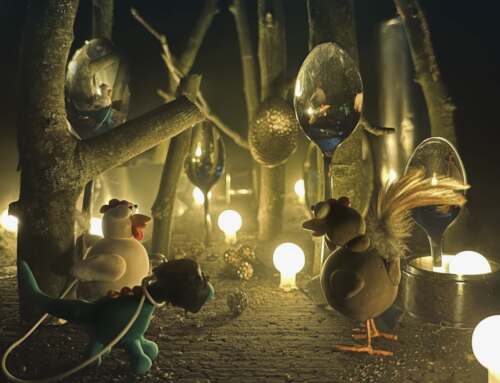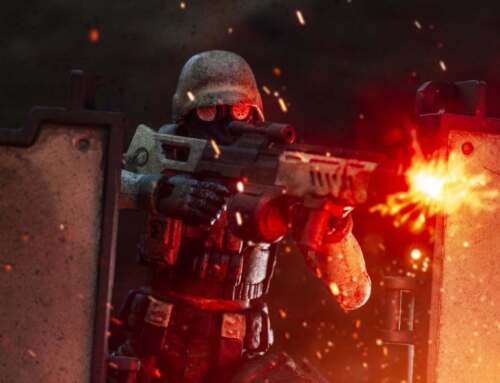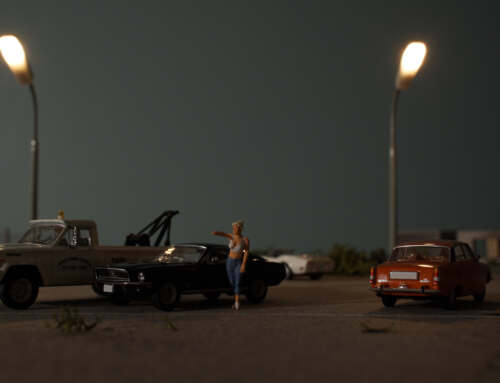Every picture yada yada yada
Every picture tells a story.
A picture is worth a thousand words.
Yep, we’ve all heard these before.
I guess I’ve been afforded the luxury of posting images on Instagram with accompanying words. Heck, the words were what dictated my shots when I first started posted. Silly little puns. Silly little puns, with a silly little photo to accompany them.
This is one of the first things I now have to modify when thinking about shooting for an exhibition as opposed to shooting for Instagram. On Instagram, my shot doesn’t need to explain it’s self. It is captioned. It’s subtitled for the pun deciphering challenged.
Yeah, sure, sometimes I’ve had to explain the occasional caption to a few. I know, the phrases “attire” and “a tyre”, despite sounding the same, ARE spelled differently. And yes, the concept of a couple of mobile phones getting married and, despite a lacklustre ceremony, having a great reception might be a little hard to grasp. Sometimes puns are hard!
But I’ve rarely posted a shot with a story or message embedded in the shot. I’ve never really thought of a shot as having a story within it. Well, not without either verbalising the subplot or writing it as accompanying caption.
Yet now, as I begin planning shots for the exhibition, the notion that the picture tells a story, is at the forefront of my planning process. Sure, my fellow exhibitor Christoffer is considering accompanying his shots with a short story. That’s his thing, and he does it so well. I could add an explanation below each of my photos in the gallery. But I don’t want to. I really want to portray a narrative within each shot. I really want to explore the idea of story telling through a single image. And even if each visitor doesn’t perceive the story I intended, I’ll be happy. I’d like them to deduce their own account of my photos hanging on the gallery walls.
I remember visiting the National Gallery of Victoria (NGV) when studying art to see an exhibition of The Masters, Botticelli, Leonardo, Cézanne, Gauguin, and Monet etc.
Although many years have passed since then, one thing that sticks in my memory is the scene of a group of children, maybe nine or ten years old, being lead from painting to painting by an accompanying adult. I can only assume this chap was their primary school art teacher. At each painting Mr Teacher, asked the group what they thought the painting was about, and with each child’s recount of their thoughts, he would then elaborate his own interpretation, almost dismissing the children’s.
I don’t want to narrate my photo and force the viewer to think what I was thinking when I set up, shot and edited the photo. I don’t want to be Mr Teacher to them. I do however, want them to be the inspiration that I discovered that day at the NGV. I want them to be the little girl that upon enduring another of Mr Teacher’s lavish explanations of what the group of children should actually be feeling when they looked at a particular painting, retorted, “I like the colour red”!
That little girl has been an inspiration to me ever since that day. From that day, I’ve liked the colour red too. That wonderful innocence of a child that refused to be told what she should feel, but instead spouted “I like the colour red” and in that succinct moment summed up what viewing art should be. It shouldn’t be what you’re told to see. It should be what you see.
So, with this in mind, will a shot I’m considering of a Lego zombie dressed as artist, painting plain white minifigures to become roaming CMF series one zombies hold up as a photo on it’s own. Does it need words? Will I need to explain it to visitors to the exhibition?
Will I need to be Mr Teacher?
Or will visitors also like the colour red?









i will like red if you use it xx
Oh, there’ll be red. In honour of this inspirational little girl, there must be red!
Brett, are you “really” sure about this ?
The emotional connection on IG or an art gallery with the image is kind of the same (probably, yes I do remember).
Once the image made the connection, you can actually glimpse at the title and smile, if the artist believes the title is an essential part of the work (which in a way I think it is for you, as the title is the pun intended). I am pretty sure you did not get to where you are today, just by writing pretty captions 🙂
Your images made the connection, your captions closed the deal 🙂
The one thing that was for me a game changer going from digital to the gallery wall, is that the real printed format is final and not something you flick away. Chromatic abberration and tack sharp does matter when you print life size in a gallery. Something IG is much more easy on.
So, for me you do not be Mr Teacher.
Just be yourself, but be aware that a full blown print is less forgiving as the small screen and do start printing ahead of the show so you feel comfortable with your work. Printing your work on paper (big) is so different as the small IG screen …
Looking forward to more details on the show !
All the best !
Boris
Thanks for your nice words, advice and encouragement Boris!
Am I really sure? No! I’m not sure about anything. This is all new to me.
Sure, all my shots that will be hung in the gallery will be titled, that’s a given. However, I still want the visitors to form their own narrative to what they are viewing. I guess in the same way an abstract artist title their piece, yet leaves the connection between the title and the piece up to the viewer to interpret.
Your suggestion to print well in advance, is invaluable advice! Thank you.
Cheers.
Brett